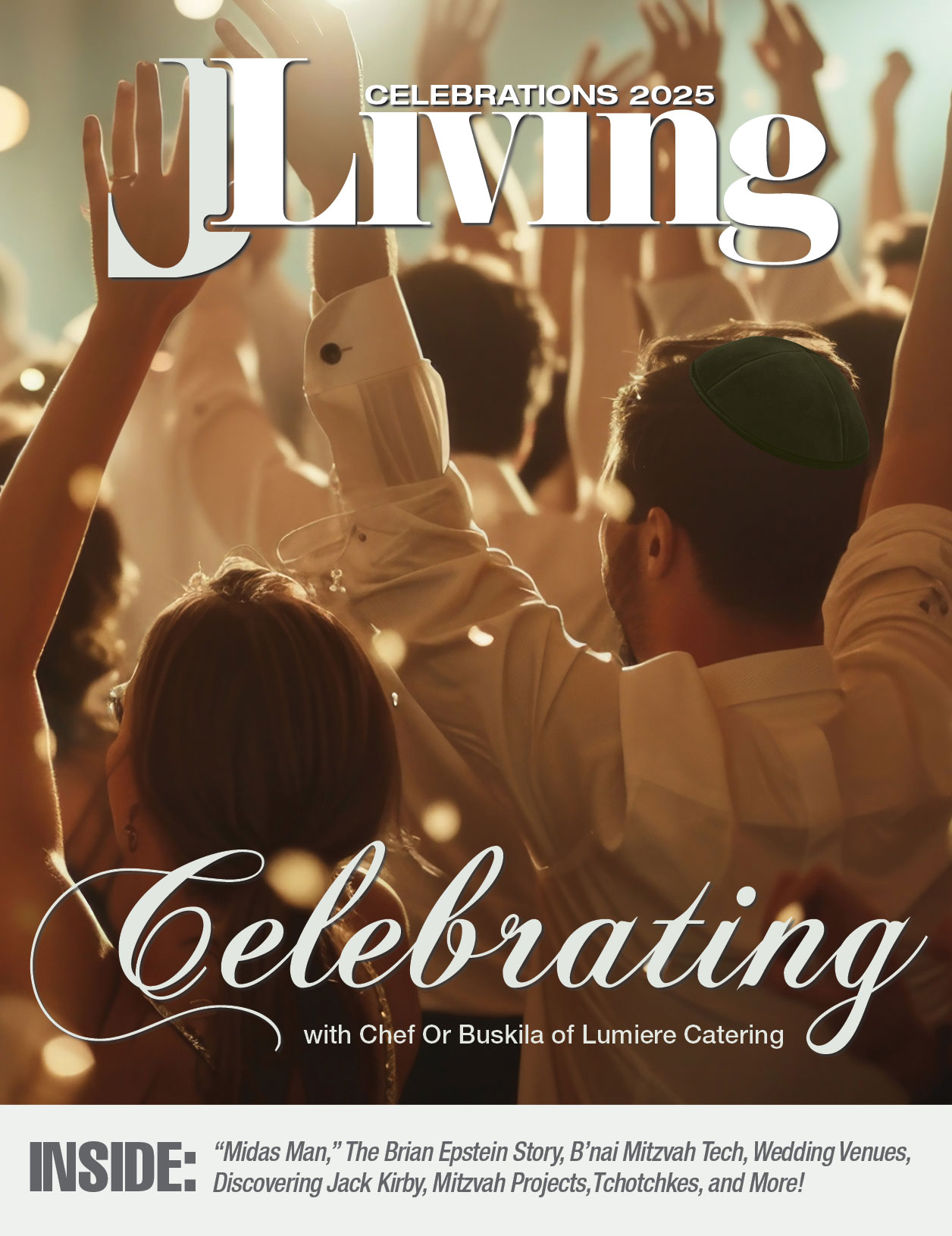LOADING
Mishegoss – Los Angeles History
Previous Article
A Whole Lot of Latkes
Next Article
Purim Through the Ages
You Might also Like

Mishegoss – Jewish Year of 1964
April 4, 2024

Mishegoss – The Western Wall
September 4, 2022

Michegoss – Bar Mitzvah Tidbits and Fun
June 20, 2022

Mishegoss – Seder Social Causes
April 7, 2022
Related Stories
Next Up
Purim Through the Ages
February 17, 2022




































